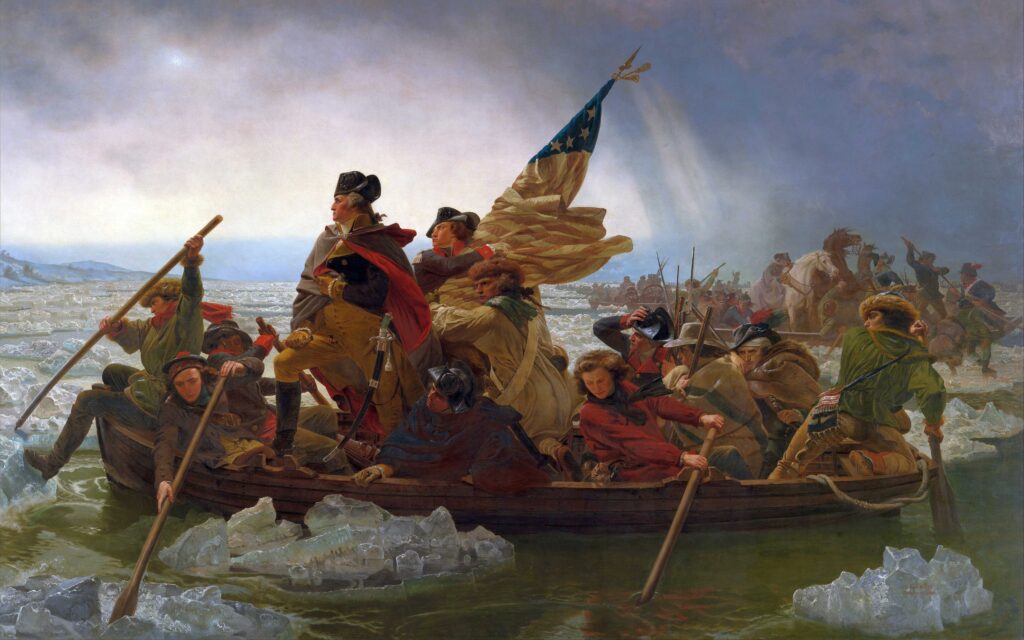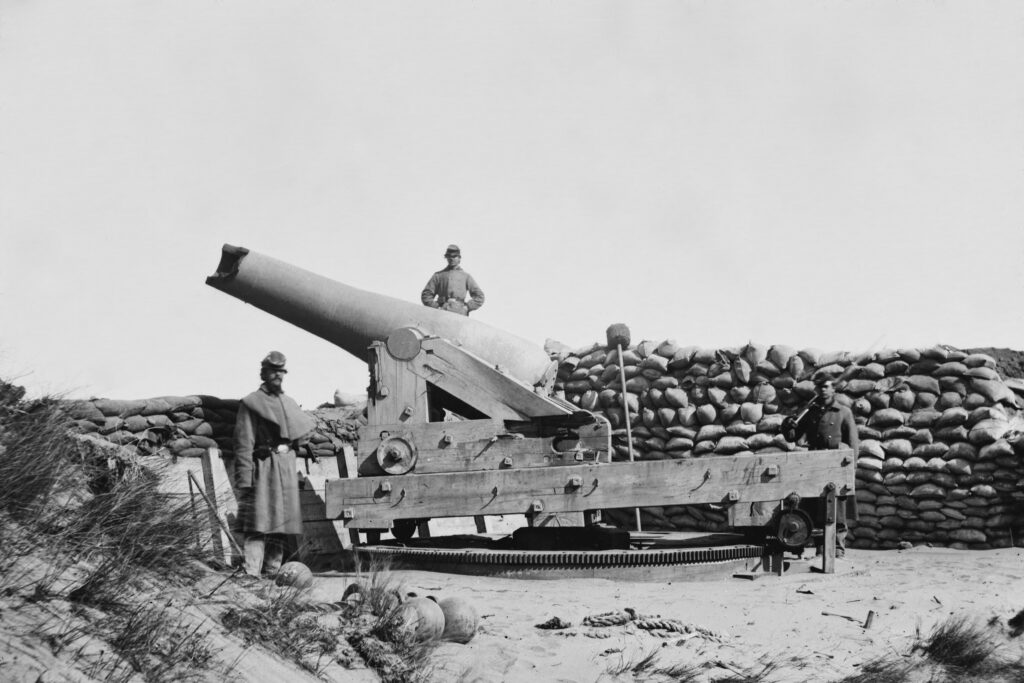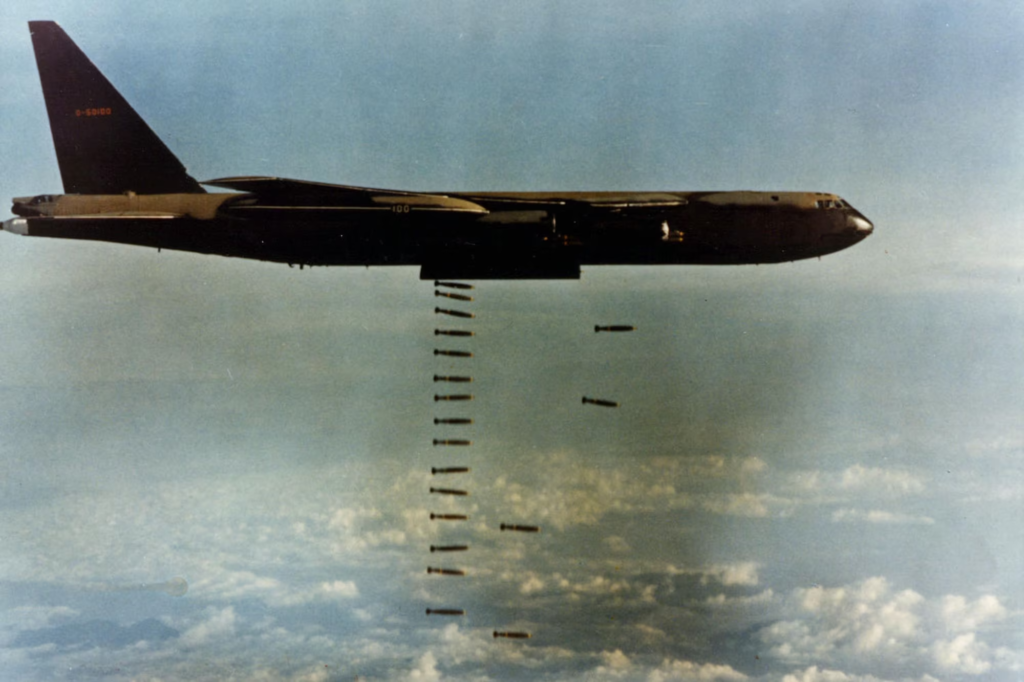In the days before industrialized warfare, armies would hole up in winter months, as colder temperatures and harsher weather limited the mobility and food quantities of forces on campaigns. Even after the rise of industry, mechanized warfare, and powered flight, the operational tempo of fighting seems to have slowed down slightly.
Christmas is a national holiday for the United States (even celebrated by most non-Christian Americans), and so having a combat operation is rare. Even more rare is a pitched battle. But that doesn’t mean it didn’t happen. Wars stop for no one, and if the timing is right, one side or another is going to strike, and American troops are no exception. Here are three times the United States decided to give the enemy a taste of defeat for Christmas.
The Battle of Trenton (1776)
By the end of the year 1776, things weren’t looking so great for Gen. George Washington and his Continental Army. They had beaten the British in Boston but were walloped in New York and New Jersey and were forced to push into Pennsylvania. Morale was understandably low; it was cold, enlistments were ending, and reinforcements weren’t coming. Washington’s brain went into overtime as the British and their Hessian allies went into winter quarters.

He needed a win and decided Christmas was the time to strike. Reinforcements made it to Washington’s camp, so he used them. Every soldier who was able to carry a musket was issued one. As soon as dark came on December 25, thousands of men, horses, and 18 artillery pieces were ferried across the icy Delaware River, almost without incident. They surprised the Hessians, drunk or tired from Christmas celebrations, at Trenton the following day, forcing them to withdraw to Princeton, where Washington whooped them again less than three weeks later.
The First Battle of Fort Fisher (1864)
North Carolina’s Fort Fisher isn’t one of the most storied fortifications in Civil War history, but it was a vital one for the Confederates. Fisher protected the vital port city of Wilmington, where supplies of cotton and tobacco were shipped to try and break through the Union blockade in exchange for weapons, ammunition, and other vital war supplies. For most of the Civil War, Fort Fisher went unmolested. By the end of 1864, it was the last rebel port on the Atlantic Coast and a prime target. However, the attack did not go as planned.

The Union Navy attacked on Christmas Eve with an explosives-laden boat meant to destroy the citadel’s walls. The Union tried to shell it into submission when that didn’t work. That didn’t work either. On Christmas Day, the Union Army landed to lay siege to the fort. It achieved some success, but with weather worsening and rumors of reinforcements to the north, Gen. Benjamin Butler believed the fort was impregnable and withdrew.

It was not impregnable, however. He was soon relieved of command and replaced by Gen. Alfred Terry, whose assault on January 13, 1865, captured the fort in two days of fighting.
Operation Linebacker II
Peace in Vietnam was at hand in 1972, as President Richard Nixon’s National Security Advisor Henry Kissinger negotiated terms with representatives of North Vietnam in Paris. The communists were eager to get the deal done before Nixon’s reelection, and the U.S. was willing to make some concessions. Somewhere along the way, the deal got mucked up, and the North Vietnamese began retracting their agreements. Talks broke down, and the communists refused to return to the table.

To bring them back to the table, Nixon authorized the “11 Days of Christmas,” an operation of 11 straight days of strategic bombing from B-52s based in Guam. Officially called Linebacker II, the operation dropped 15,000 pounds of ordnance on North Vietnam, got the Vietnamese back to the table, and is generally credited with ending the war.
Read About Other Battlefield Chronicles
If you enjoyed the American Battles Fought on Christmas, we invite you to read about other battlefield chronicles on our blog. You will also find military book reviews, veterans’ service reflections, famous military units and more on the TogetherWeServed.com blog. If you are a veteran, find your military buddies, view historic boot camp photos, build a printable military service plaque, and more on TogetherWeServed.com today.

It was 15 tons of ordnance not 15 thousand pounds